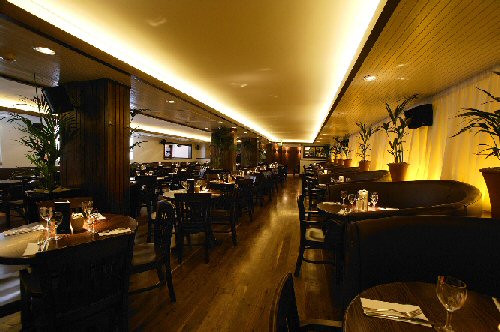Lighting controls and design
I visit many high end developments programming lighting controls. When we are just contracted to do the programming we arrive on site after all the first fixing has been completed and sometimes even later than that at a very late stage when the project is near to completion.
You can understand control panels for a lighting control system being placed in the traditional spot near the entry exit point of the room. I don’t think this is the future of lighting control and comes from the old technology of electric light switches but that is fordifferent rant!
On many of these sites I find Audio Visual control panels in the same place at the entry exit point of the room.
When I was 16 I bought myself a simple Sony Midi System ( CD , Tuner ,Cassette ) with a simple remote control. This allowed me my first glimpse into luxury control!!
From the comfort of my bed or from my easy chair or indeed from my computer desk I could quickly and simply control my music for the room from each location. Not rocket science I hear you say but really effective simple control.
Move forward fifteen years and you would think that the intervening years would have moved us forward especially with a large budget on a multi-room penthouse project.
However even with a well known control system and a huge budget the control in the bedrooms of theses projects have arguably a less flexible and overall a lower overall standard of control than my bedroom did fifteen years ago.
Why ?
Who does the design of these projects ?
(I often find myself asking mostly under my breath). There are generally three different answers; The Salesperson of the control system told us to put them next to the light switches, The Electrician or developer who had no drawings had to make the decision and went with what they know, The Lighting Designer or architect who spent hours of quality work on the fixture placement and selection and did the controls as an after thought.
Am I being a bit harsh on all these individuals?
The Salesperson should not be doing the design of the lighting or of the controls. For one thing if a salesperson designs anything they will always design with a bias to their products which may not be the best solution. Design is an involved process that requires interaction with other design professionals involved who a sales person generally does not have access to.
The Electrician who does not have a drawing goes back to what they know. Electricians are trained in electrical system design. This design is design of systems to comply with the wiring regulations and the training does not extend to anything but simple positioning of items for ease of use. If I am being really harsh the level of training for lighting given to most electricians is limited to two-way switching with a number of sparks struggling with an intermediate. In fairness as well a building site with deadlines and other contractors is no place to be making cool calculated design decisions.
Lastly there is our Architect or Lighting designer who as I said has spent hours of time making a really great (hopefully) lighting design for the project. On a number of occasions that’s where they stop. The Drawings are produced with no thought to lighting controls and design whatsoever. On many occasions the design is produced with no thought to maximum loadings of control gear which is really unforgivable but I would say that not thought to lighting control is equally wrong. In this article today I’m only talking about the relatively simple design decision of placement of controls not even looking at the next stage of what these controls do and how they interact with other control in different positions. The limit for most designers is to write a multi-scene scene setting for a system in the form of a table giving circuit numbers and relative intensities. On the placement of the controls the designers all seem to have been to the same training as the electricians and cannot bring themselves to look out of the box and try and make the design better. Architects and designers talk about movement of users through a design as a very important concept in the design process. In the modern automated house the movement of individuals is dictated by control of the lighting and audio visual systems within the space and should hence get a healthy proportion of attention from professionals with suitable understanding in controls at the design stage.
Lighting controls can serve many purposes. In a commercial project they can ensure that the designers vision is maintained night after night, year after year hence realising the value of the design work maintaining the “look” In this application the placement of controls is usually quite simple but I still see horrific examples of getting it wrong. In Domestic properties the placement of controls is much more complicated. Modern designs involve open plan areas with many entry and exit points within large open spaces. The solution given is often to throw loads of controllers at these points and have them all providing the same functionality.
Neil Silver is the Technical Director of Lighting Control
He is an Electrical and Electronic Engineer with many years experience in controls, Audio Visual and Lighting Systems


